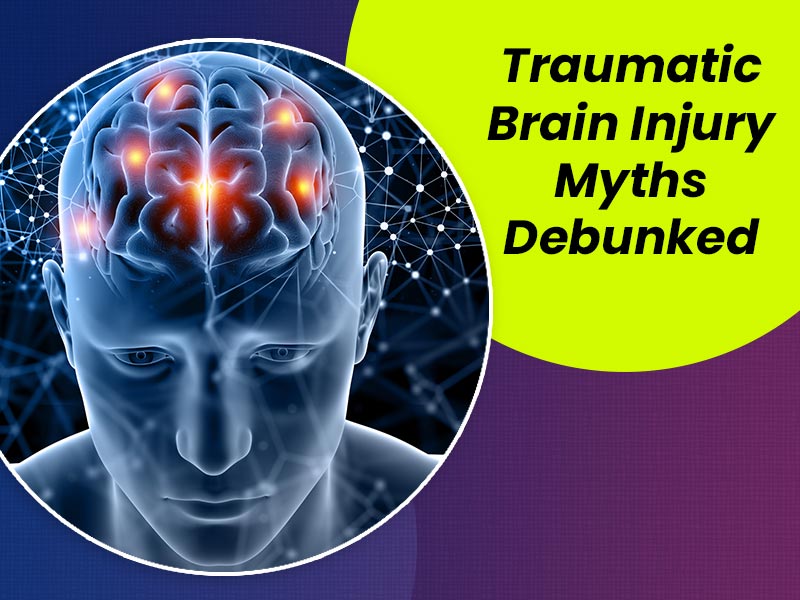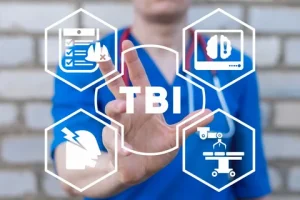
The Root Cause Revolution: How Functional Medicine Rewrites the Story of Autoimmune Disease
For decades, millions of people have lived under the weight of autoimmune diseases—conditions where the body turns against itself.

Traumatic brain injury (TBI) is often a life-altering experience that affects not just the individual who suffers the injury, but also their family, caregivers, and broader support network. While surgery and medications remain essential tools in the acute phase of treating TBI, the long-term recovery process calls for a more expansive and nuanced approach—one that looks beyond merely masking symptoms and aims instead to restore function and improve quality of life. Dr. John W. Jung, a recognized authority in chiropractic medicine and alternative healing techniques, introduces a refreshingly comprehensive perspective in his book, which outlines non-invasive treatment options and easy-to-implement strategies that can be integrated into everyday life. His methods offer hope, especially for patients who feel stalled or limited by the traditional medical system.
The conventional model of care for TBI tends to emphasize the use of pharmaceuticals to manage symptoms such as headaches, memory loss, mood swings, and physical impairments. However, while medication may provide temporary relief, it often fails to address the deeper neurological disruptions caused by the injury. In many cases, patients become reliant on medications that produce unwanted side effects or interact poorly with other drugs, leading to a frustrating cycle of dependency and diminishing returns. Dr. Jung challenges this model by advocating for natural, patient-centered care that seeks to stimulate the brain’s own healing mechanisms. He argues that the brain is not static but dynamic, and with the right kind of stimulation, it is capable of significant recovery—even in the face of severe injury.
Dr. Jung emphasizes the critical connection between the frontal lobe and the opposite cerebellum, noting that this relationship enables powerful therapeutic opportunities. By reactivating underused brain regions and restoring dormant neural pathways, patients can achieve better cognition, balance, and overall function. Central to his approach is chiropractic care, which goes beyond treating back or neck pain by correcting spinal misalignments that disrupt nerve signaling. Proper alignment enhances brain-body communication, supporting coordination, mental clarity, and emotional stability—key factors in TBI recovery. This reflects the growing understanding that physical and neurological health are deeply interconnected.Another area that Dr. Jung focuses on is sensory stimulation, which he views as one of the most powerful and underutilized methods for promoting brain recovery. The brain thrives on input, and carefully designed sensory exercises can provide the stimulation needed to reactivate neural circuits. For example, he explains how olfactory therapy—using pleasant scents in the left nostril or unpleasant ones in the right—can selectively target different hemispheres of the brain. Similarly, auditory therapy through music, and visual or vestibular exercises like targeted eye movements or controlled spinning, can reignite dormant pathways and strengthen neural connections. These activities, though simple on the surface, are grounded in a sophisticated understanding of neuroanatomy and functional recovery.
Dr. Jung’s book is not just a theoretical treatise; it is a practical manual designed to empower patients and caregivers with tools they can use immediately. His emphasis on at-home strategies makes his methods particularly accessible. From tracing mazes to improve attention and planning skills, to coordinating light hand and foot movements with visual tracking, these exercises are designed to strengthen the connections between the cerebellum and frontal lobe. Vibration therapy at specific anatomical points further enhances sensory input, which can support better integration across different brain regions. Each exercise is adaptable, allowing patients to customize their routine based on their individual needs and progress.
The non-invasive nature of these treatments offers a distinct advantage. Unlike pharmaceutical regimens, which often come with a host of potential side effects and interactions, Dr. Jung’s methods carry minimal risk. Patients do not have to worry about developing a dependency or experiencing adverse reactions. Instead, they can focus on recovery through natural stimulation of the brain’s healing capacities—primarily via movement, sensory engagement, and spinal alignment. This holistic strategy is not only safer but also more empowering, giving patients a sense of agency over their healing journey.
Dr. Jung’s approach also points toward a broader evolution in how we understand and treat neurological injuries. He is part of a growing movement that advocates for integrative care—models that combine the best of traditional medicine with alternative therapies and modern neuroscience. His work is aimed not only at patients but also at healthcare professionals, caregivers, and anyone with an interest in holistic recovery. By bridging the gap between ancient healing wisdom and contemporary medical insight, Dr. Jung creates a compelling vision for the future of TBI care. It’s a future where recovery is not about merely surviving an injury, but thriving in spite of it.
Ultimately, healing from a traumatic brain injury is a multifaceted process that requires more than just pills and procedures. It calls for an integrated approach that addresses the body, mind, and spirit in unison. Dr. John W. Jung’s work serves as a valuable roadmap for those navigating the complexities of TBI recovery. Through chiropractic techniques, sensory therapies, and personalized, non-invasive exercises, his book provides both guidance and hope. As these ideas continue to gain traction, they have the potential to reshape our understanding of brain injury rehabilitation, offering a new path forward—one that embraces the power of natural healing and puts patients back at the center of their own care.

For decades, millions of people have lived under the weight of autoimmune diseases—conditions where the body turns against itself.

The human brain is one of the most extraordinary organs in existence—capable of adapting, learning, and healing itself in ways that science is only beginning to understand.
Sign up for Dr. John W. Jung’s newsletter and receive exclusive content on brain injury recovery, alternative treatments, and cutting-edge research. By subscribing, you’ll get expert tips on improving brain health, updates on new therapies and research findings, special offers, upcoming events, and exclusive excerpts and bonus content from Dr. Jung’s work.
Don’t miss out—join our community today!